This summer, join us for a lunchtime lecture the Second Tuesday of the month. Lunch options will be available in the lobby or brown bag your lunch!
Tuesday, May 14, 2024
12 p.m. – 1 p.m.
Film and Production
Melanie Ho, SouthDocs producer-director and Adjunct Professor
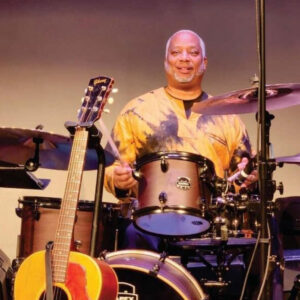 Tuesday, June 11, 2024
Tuesday, June 11, 2024
12 p.m. – 1 p.m.
Steel Drum Band and Percussion
Ricky Burkhead, University of Mississippi Associate Professor of Music
Ricky Burkhead is Professor of Music and director of percussion studies at the University of Mississippi. He is an active performer, clinician, and adjudicator throughout the U.S. He has also performed in Argentina, Uruguay and Jamaica. He is past president of the Mississippi chapter of PAS, and a roster artist for the Mississippi Arts Commission. He maintains an active private teaching studio and was the first to form steel drum bands in the Mid-South region. His compositions and arrangements are available at JW Pepper and documentary films collaborations can be viewed on YouTube and Vimeo.
 Tuesday, July 9, 2024
Tuesday, July 9, 2024
12 p.m. – 1 p.m.
Historic Costumes
Donna Buckley, University of Mississippi Instructional Associate Professor of Costume Technology
Donna Buckley is a costume technologist, costume designer, and costume historian. She is an Instructional Professor of Costume Technology at the University of Mississippi. She received her Master of Fine Arts in Costume Design from Wayne State University. Donna’s work experience has covered many areas in theatre from musicals and children’s theatre to classical drama and dance. Some of her favorite films that she has worked on are Superman vs. Batman, Oz the Great and Powerful, and All’s Faire in Love.
Donna’s true passion is historical clothing and historical research. She has worked at the Henry Ford Museum in their Clothing Studio, where she recreated historical clothing from the 19th century. She has also worked at the Michigan Renaissance Festival, where her designs were focused on the 16th century.
 Tuesday, August 13, 2024
Tuesday, August 13, 2024
12 p.m. – 1 p.m.
Visual Art and Poetry
Blair Hobbs, Visual Artist and Retired Senior Lecturer of Writing at the University of Mississippi
Blair Hobbs is a retired Senior Lecturer in English from the University of Mississippi. She is a mixed-media artist who is interested in storytelling through visual art. Her next show, “Inspired By” will be at Southside Gallery in Oxford, MS through the month of October. The following spring of 2025, she will have a show focusing on Southern Identity at Spalding Nix Fine Arts in Atlanta. She is also represented by Fischer Gallery in Jackson, MS.
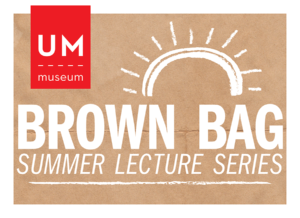
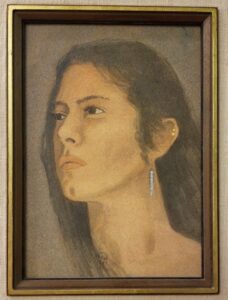 Dalva by Russell Chatham
Dalva by Russell Chatham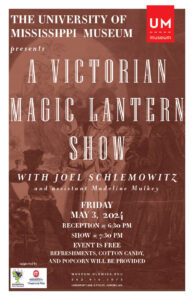
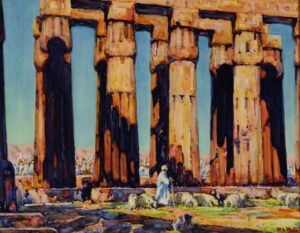


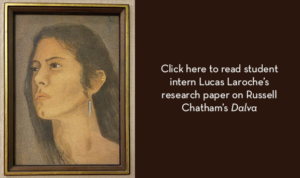

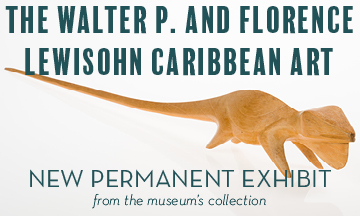
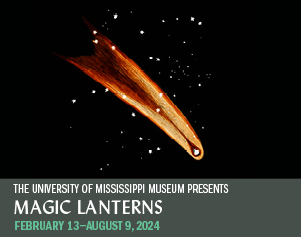





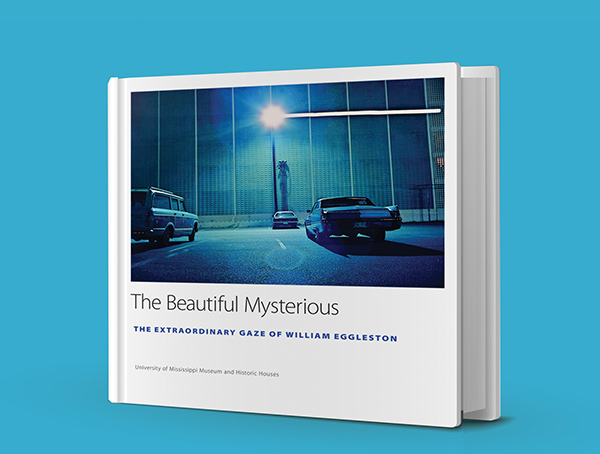



Hear Our Latest News First!